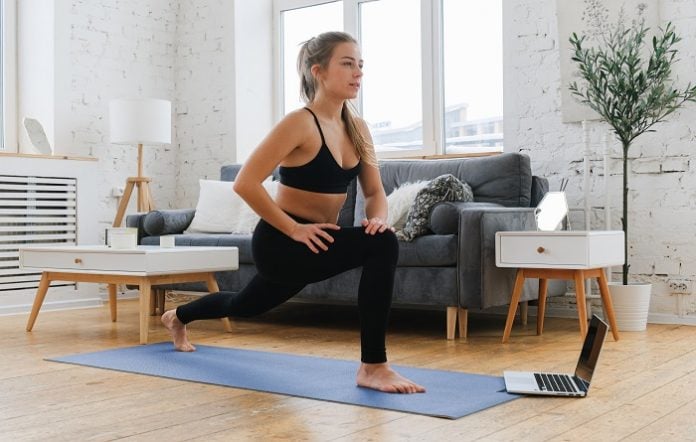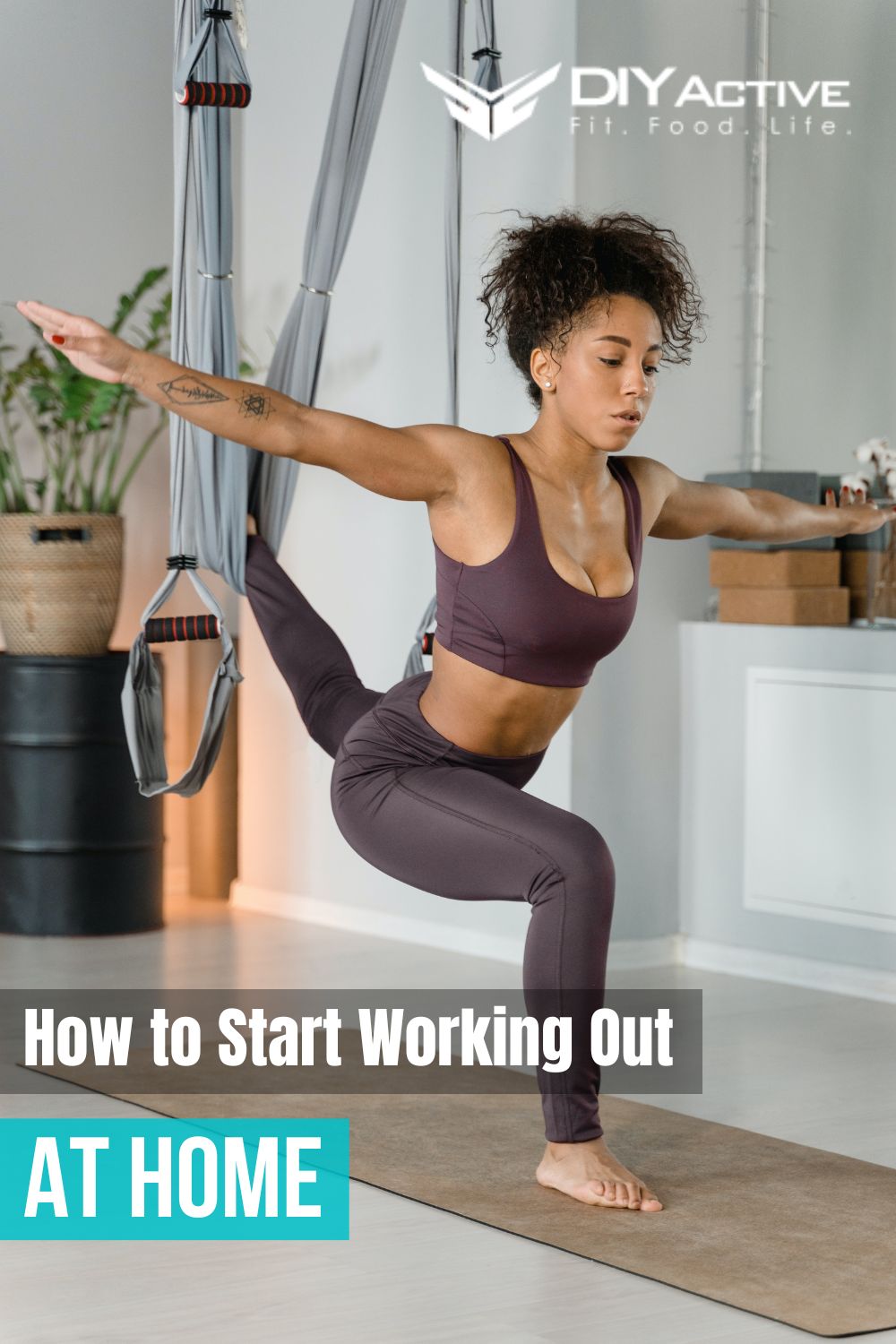Products You May Like

Creating an effective home gym doesn’t actually require much beyond a few minor pieces of equipment and the right attitude. In fact, you can actually substitute common household items for specialized weights and get a very similar training stimulus, so there are very few excuses when it comes to being able to work out in the comfort of your own home.
Get Motivated
Today, we’ll discuss how to get motivated in a home setting, what equipment (if any) you’ll actually need, and what exercises you can use to create an effective home workout.
Education —> Motivation
Motivation can be a fleeting thing for many people, especially when it comes to motivation in relation to your fitness goals. It’s all too easy to say “I’m going to the gym tomorrow” or “I’m starting a diet” and never really follow through on any of it.
This lack of follow-through could be a result of many things, but the best way to prevent this stop-and-start, yo-yo style of approach to fitness is via education.
Once you know the best methods to get the result you desire, then you can consistently implement that information to the point where it essentially becomes a new habit.
Creating the Habit(s)
Once your brain begins treating a process that used to require conscious thought as a habit, you basically put that process on autopilot and can tap into it at will.
So when you’re trying to start working out at home, the best thing you can do is to learn what processes you can put in place consistently to help you follow through on your workouts.
Luckily, most of these processes are fairly simple and act as strong anchors to healthful behaviors, like working out at home.
Separate
One of the biggest upsides to workout out at home is avoiding any commute that would be included in getting you to the gym, as long commutes to crowded gyms have an uncanny tendency to zap people’s willpower.
However, you are going to want to have your “gym area” in a separate part of your living quarters, if at all possible.
Psychologically speaking, it’s better to have designated physical areas for different things, because these areas can work as behavioral anchors over time. You get used to working out in a given place, then your brain begins making that neural association that “this room means training.”
Over time, simply being in that room can encourage a workout. On the flip side, training in the same room you plan on sleeping in would send a mixed message, and likely wouldn’t be conducive to good workouts or proper sleep in the long run.
Associate
There are two relatively simple actions you can take on a daily basis to improve your motivation and compliance with training. One takes the form of an Implementation Intention, which operates much like an “if/then” statement and has been shown to improve follow-through on intended tasks.
This Implementation Intention is a simple one: “if I put out my gym clothes the night before, then I will wear them for a workout tomorrow.”
Luckily, your commute to your own home gym is practically non-existent, so over time, the simple act of putting out your gym clothes and subsequently changing into them will begin to trigger a workout.
Habits take time to form, but Implementation Intentions are basically a stand-in for a habit until it’s created, so use this to your advantage.
Another straightforward way to start working out at home is to simply weigh yourself each morning and keep a running record of the data.
The health-centric act of taking your weight has been shown to encourage other health-centric acts over time, which certainly includes committing to and completing a workout.
Caffeinate
If you’ve implemented these tips to this point and still find it difficult to start working out at home, then you can opt for a strategic dose of caffeine to facilitate your workouts.
This is not because caffeine confers any special benefits to most forms of training, but because caffeine itself can encourage a “state change,” or an alteration of your mood in the present.
If you find yourself unwilling to go to the gym, it’s probably because you’re upset, or stressed, or tired, or all of the above. This is not a desirable state for someone heading to the gym.
A quick dose of caffeine can effectively override some of these emotions and create a more pleasurable feeling in the moment, which then becomes easier to project to the future.
This is known as Affective Forecasting, and it essentially amounts to humans projecting that they *will feel* how they *already do feel* to a greater extent and for much longer than they actually do. So an easy way to turn your future projections into positive ones is to interject a little bit of caffeine into the equation.
If you don’t partake, a similar state change can result from watching an episode of your favorite TV show, listening to your favorite music, or playing with your pet for a little while.
What You’ll Need
Now that we’ve covered how to effectively implement and encourage a home workout scenario, we need to know what to use and how. As mentioned earlier, you don’t need a fancy, specialized facility for a good workout.
Some weight to add resistance is preferred, but if you don’t have dumbbells/kettlebells, you can opt to use similarly weighted household items (i.e. cans of paint, jugs of water, dictionaries, etc.), or even no extra weight at all.
Simple Beginner’s Workout
Performing three to four sets of these five exercises, three to four times a week, will provide plenty of full-body stimulation and fatigue so that you can continue pushing for your fitness goals from the comfort of your own home:
- Burpee with Pushup: 3-4 sets, As Many Reps as Possible (AMRAP)
- Jumping Lunges: 3-4 sets, AMRAP
- Man ups: 3-4 sets, AMRAP
- Lunge with Shoulder Press: 3-4 Sets, AMRAP
- Goblet Squat: 3-4 Sets, AMRAP
Photo by Anna Shvets
Photo by Tima Miroshnichenko

